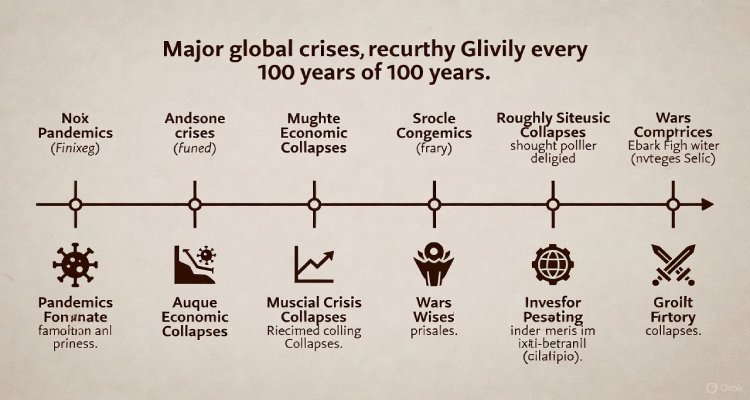The Internet’s Forgotten Pages That Refuse to Die
Explore how forgotten websites, old fan pages, and archived content continue to survive online, shaping digital culture and raising privacy questions.
Introduction
The internet was once thought of as a place where information could appear and vanish overnight. But in reality, nothing online ever truly disappears. Buried deep in outdated forums, archived blogs, abandoned personal websites, and forgotten news reports, a whole ecosystem of digital remnants continues to linger. These forgotten pages—often broken, misplaced, or obsolete—act as ghostly traces of web culture that refuse to fade away, reminding us that the internet has a longer memory than we might like to believe.
Context & Background
When the early web of the 1990s unfolded, users flooded cyberspace with personal diaries, experimental HTML homepages, fan sites, and goofy Flash animations. Platforms like GeoCities, MySpace, and Angelfire gave millions of amateur creators a stage. By the late 2000s, most of these sites shut down or migrated as new platforms like Facebook and Twitter took over.
However, many of these pages never truly vanished. Some survived due to archiving efforts such as the Wayback Machine, while others simply lingered on forgotten servers, overlooked by owners who long since moved on. The result? A digital afterlife of obsolete pages that continue to haunt searches, resurface in obscure corners of the web, and sometimes fuel viral rediscoveries.
Main Developments
Several factors explain why forgotten web pages persist:
-
Archival projects: The Internet Archive systematically crawls and stores billions of pages. Even if a site vanishes, traces remain accessible.
-
Neglected domains: When owners stop maintaining outdated sites, they often remain online until the domain expires. Some sit unchanged for decades.
-
Data redistribution: Content copied or mirrored to other sites ensures material keeps circulating in different formats.
-
Search engine memory: Cached versions, though temporary, sometimes preserve content long after it’s removed from its host.
The persistence of obsolete content carries both charm and challenges. For some, forgotten fan pages evoke nostalgia—the digital equivalent of finding an old photo album. For others, embarrassing posts from teenage years or misinformed early blogs come back to haunt reputations and careers.
Expert Insight & Public Reaction
Digital historians argue that the phenomenon is not just cultural but archival. Dr. Niels Brügger, a professor of Internet Studies, has described the early web as “a forgotten civilization still whispering online, waiting to be read.” Archivists liken abandoned websites to ruins, offering researchers a glimpse of digital life at a particular moment in history.
On the other hand, cybersecurity professionals warn that forgotten pages may pose risks. Old, unmaintained sites can become targets for malware injection or data scraping. For everyday users, there’s the more personal side: awkward teenage blogs, poorly informed health advice, or controversial opinion posts that unexpectedly resurface decades later.
Across social media, users often share screenshots of strange relics they stumble upon. For example, Reddit threads dedicated to “time-capsuling the internet” trend regularly, with people delighting in the clunky GIFs, autoplay music, and pixelated designs of the early web. This nostalgia fuels ongoing debates: should the internet be allowed to forget, or is preservation essential to understanding digital history?
Impact & Implications
The persistence of forgotten web pages has wide-ranging implications:
-
Privacy concerns: What we post may outlive us. Background checks, employers, or acquaintances can stumble upon past posts that no longer represent a person’s views.
-
Legal implications: Old defamatory content or inaccuracies can remain searchable, challenging individuals’ reputational rights.
-
Cultural archives: These pages often document cultural history neglected by mainstream institutions, capturing grassroots creativity that might otherwise be lost.
-
Technological legacy: The outdated code, plugins, and formats preserved in these pages showcase how the digital medium evolved.
Some governments and tech companies are also wrestling with the so-called “right to be forgotten.” While European courts allow individuals to request search engines to delist outdated personal information, in practice achieving true digital erasure remains nearly impossible.
Conclusion
The internet’s forgotten pages serve as both haunting reminders and valuable digital fossils. They highlight the paradox of online life: while we use the web as if it were fleeting, its infrastructure ensures traces endure long after creators expect. Whether we see them as embarrassing digital baggage or historical treasure troves, these stubborn web relics insist on being part of the present.
In a world obsessed with the new, the persistence of the old shows us something critical: the internet is not just an archive of information, but a living, layered memory of human culture. And like memory itself, it refuses to let go.
Disclaimer : This article is for informational and educational purposes only. It does not provide legal advice. Readers are encouraged to consult professionals for guidance on privacy, security, or online archival concerns.











